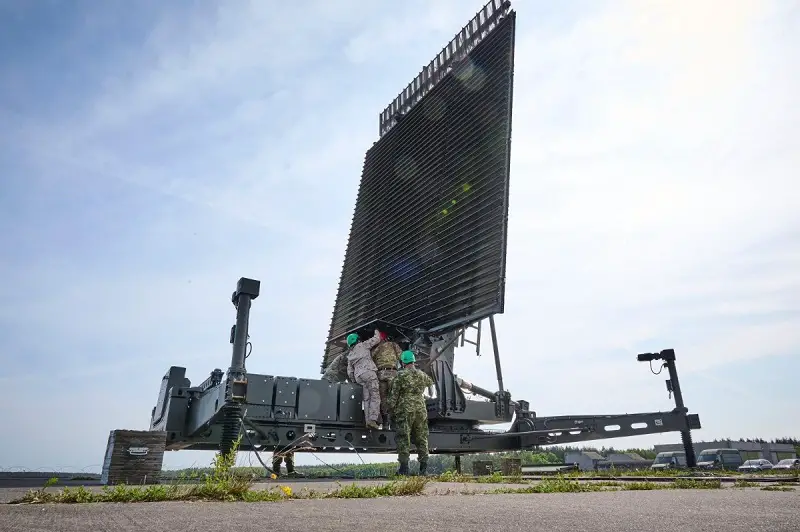The Alliance’s Deployable air surveillance and control unit – the DARiS – has accomplished its integration into the NATO Integrated Air and Missile Defence system (NATO IAMD) for the German-led multinational air exercise Air Defender 2023. The integration of DARS into NATO IAMD has had a significant impact on air defence capabilities. It has improved the system’s ability to detect and track threats and provides a more comprehensive picture of NATO air and space.
“Integrating DARS into NATINAMDS system is another milestone for DACCC. This shows the capacity and resilience of NATO to deter and defend the Alliance. Integrating DARS into NATO IAMD offers several benefits, including improved detection and tracking capabilities, greater situational awareness, and faster response times”,” said Brigadier General David Morpurgo Deputy Commander.

Air defence systems have evolved significantly, from rudimentary warning systems to sophisticated integrated air and missile defence systems. NATINAMDS is a prime example of this. It is a command-and-control network that links sensors and weapon systems in the air, on land, at sea, and in space to operate as a single unit. The integration of DARS into NATINAMDS from 6 June 2023 from Erndtebrueck is critical to improving the system’s capabilities. DARS provides real-time situational awareness, making it an essential component of modern air defence systems.
NATO Integrated Air and Missile Defence (NATO IAMD) is an essential and continuous mission in peacetime, crisis and conflict, safeguarding and protecting Alliance territory, populations and forces against any air or missile threat or attack. It is a vital element of NATO’s deterrence and defence, which contributes to the Alliance’s indivisible security and freedom of action, including NATO’s ability to reinforce its deployments and to provide a strategic response.
















